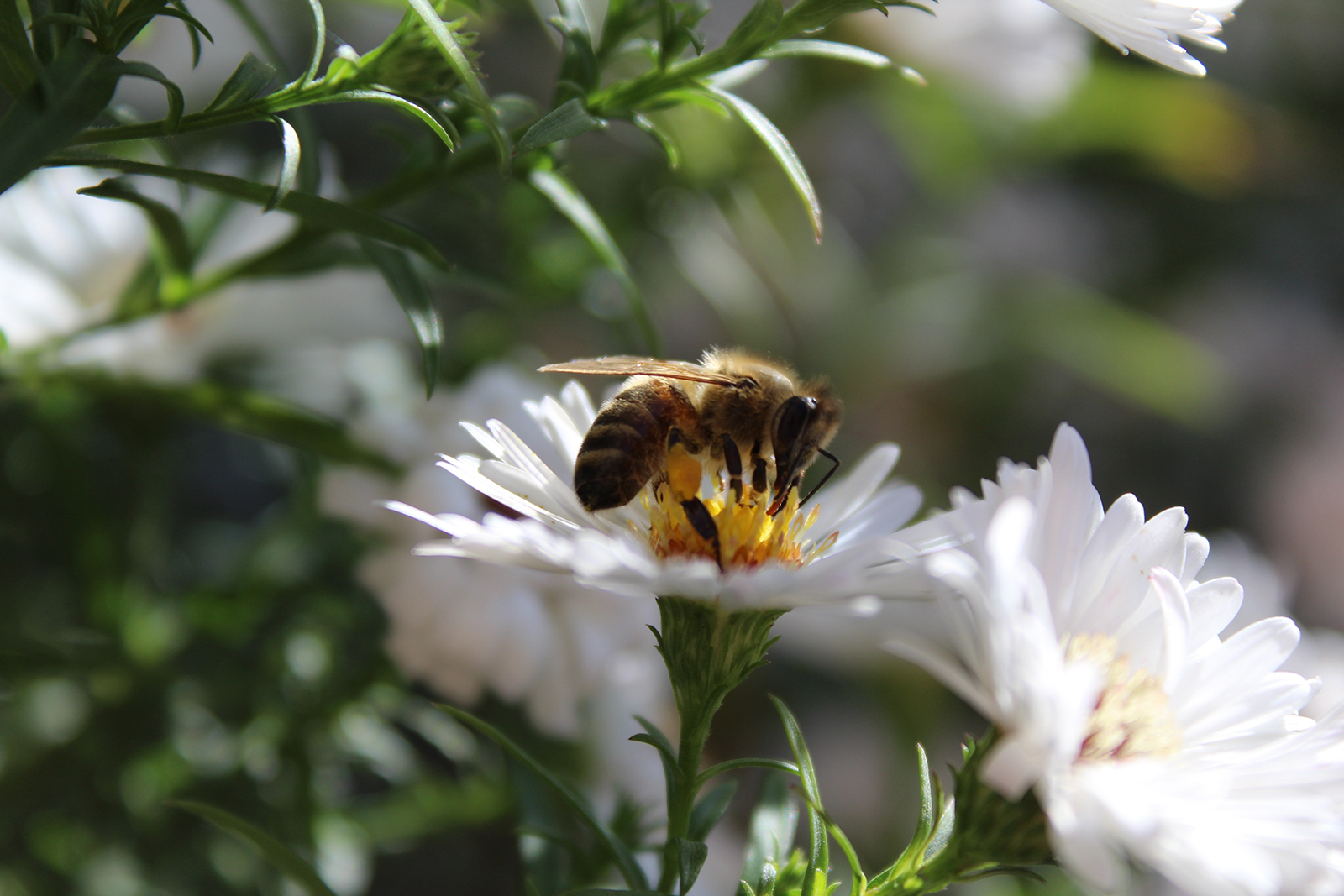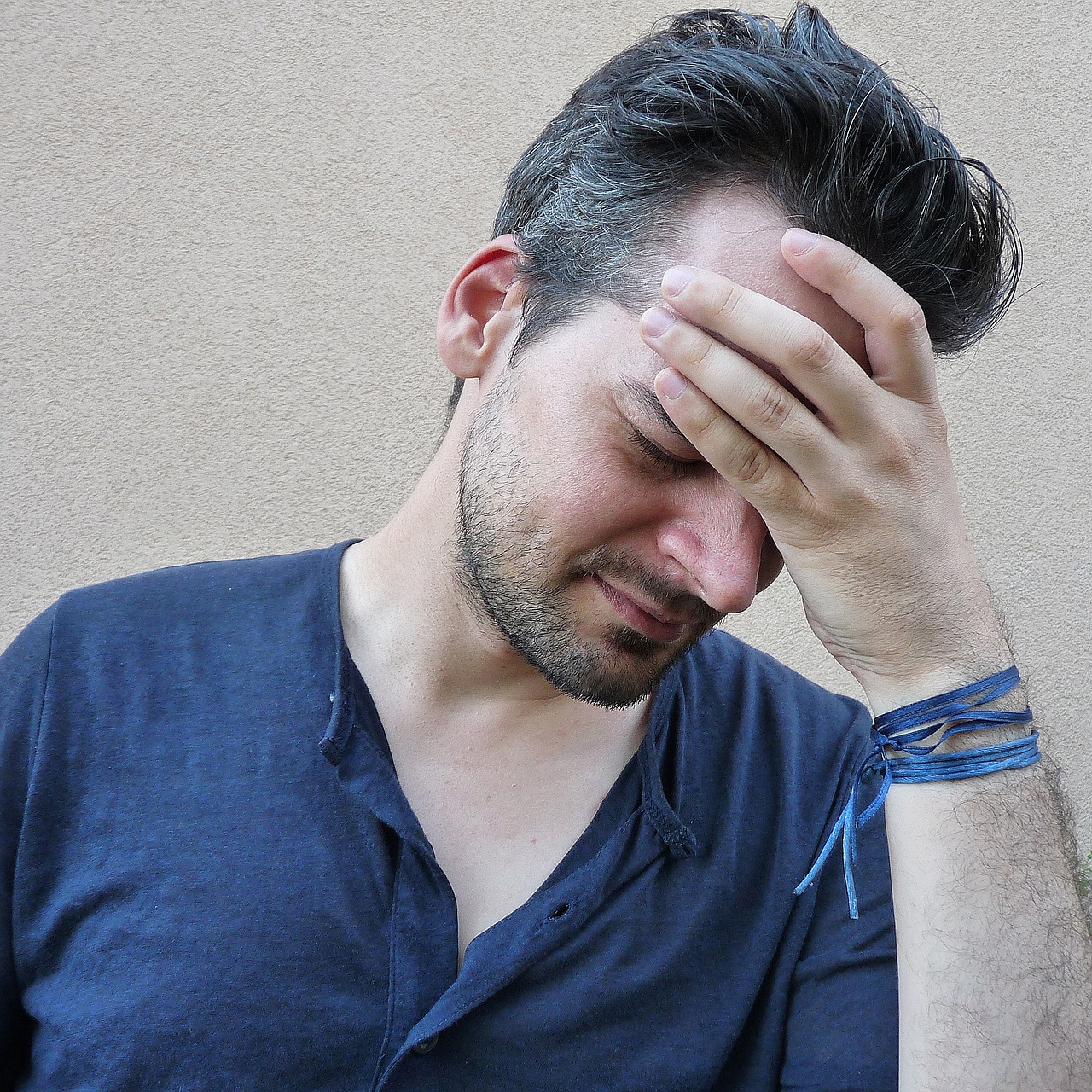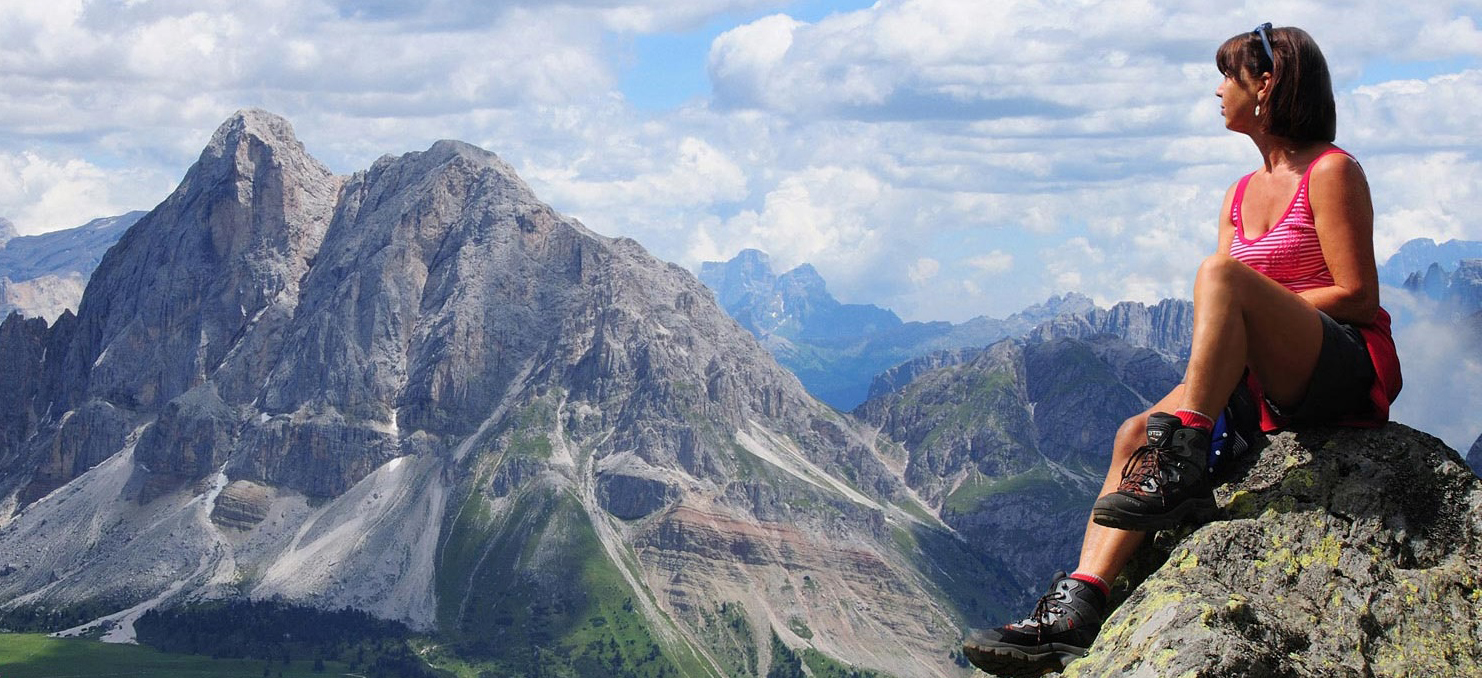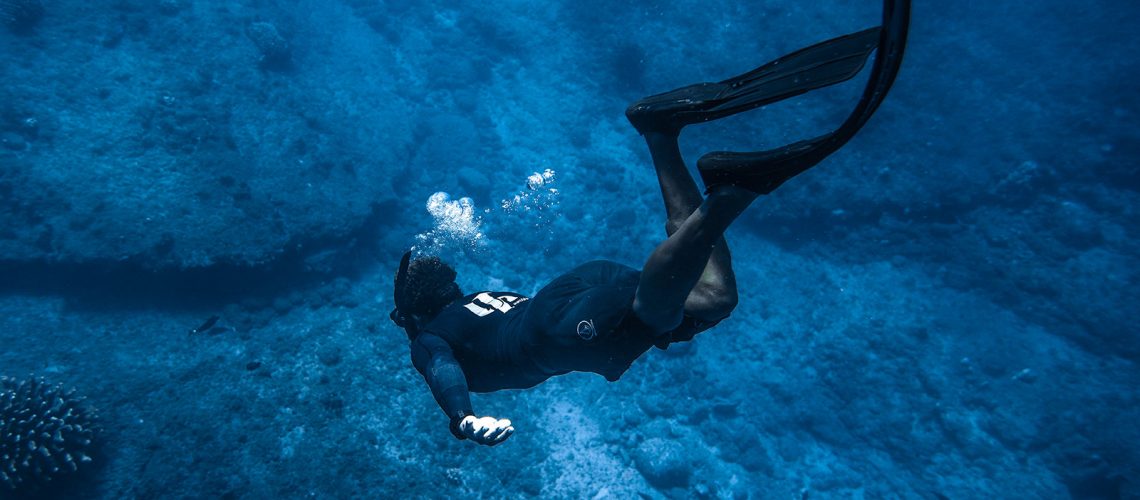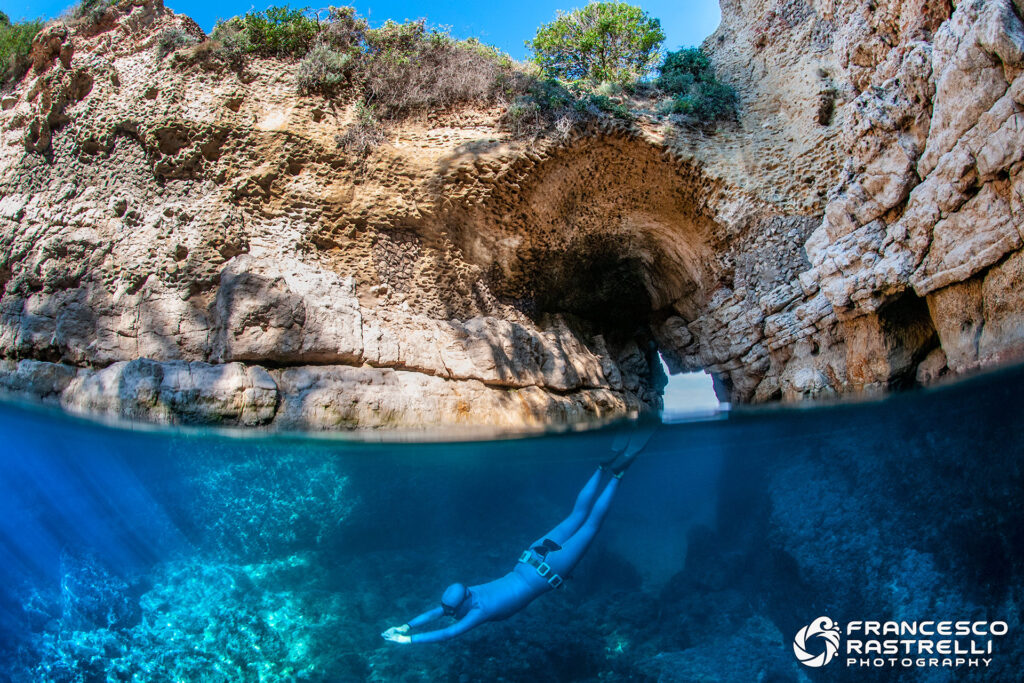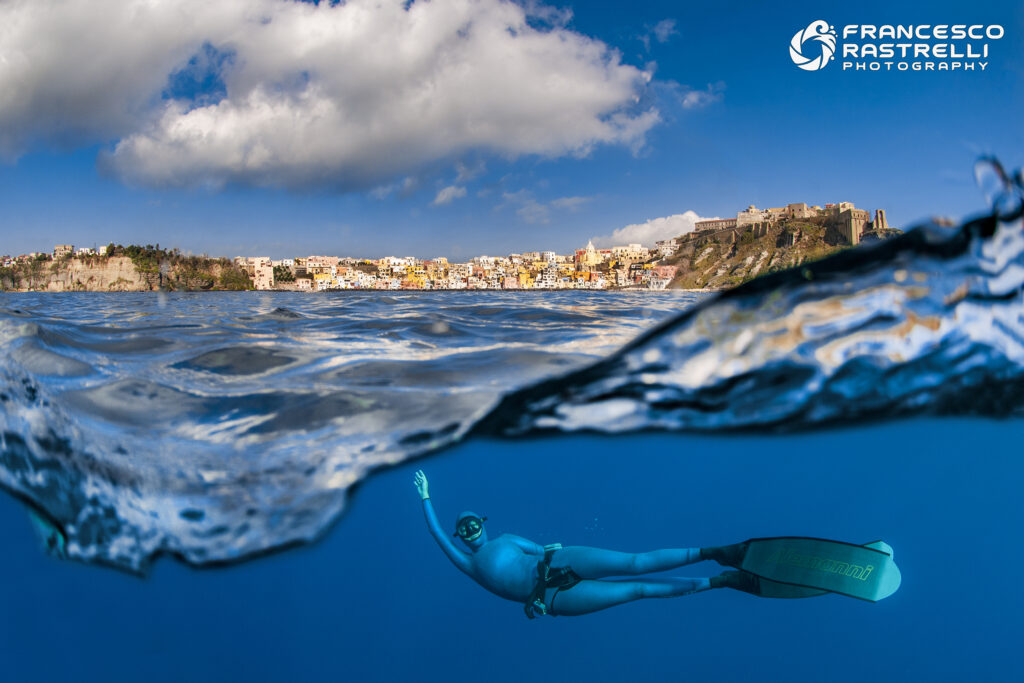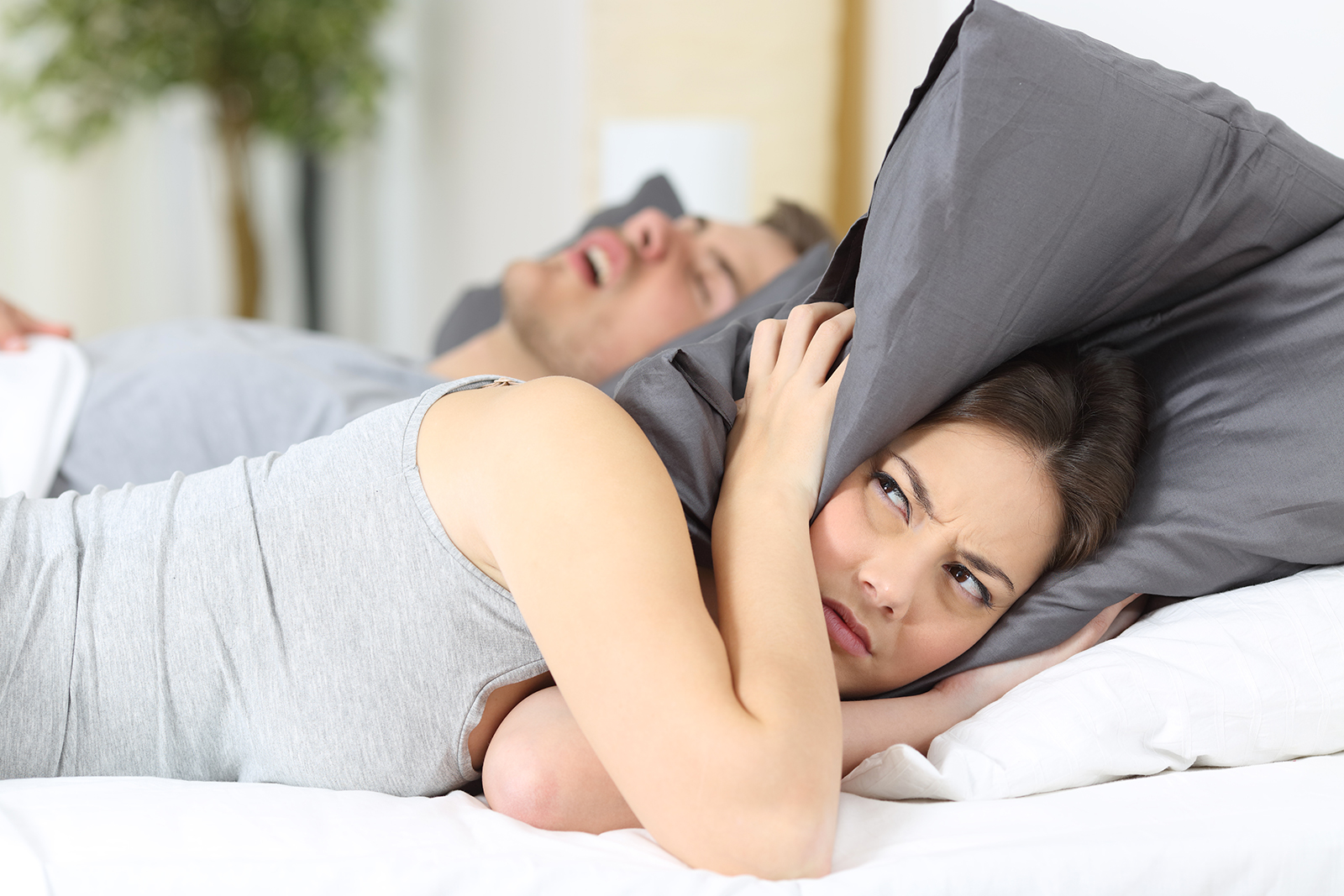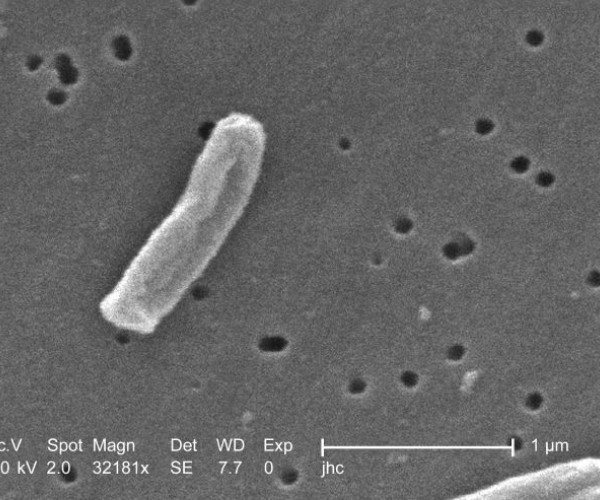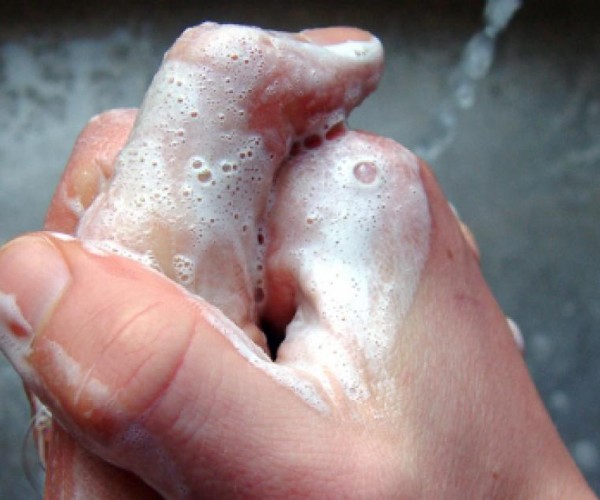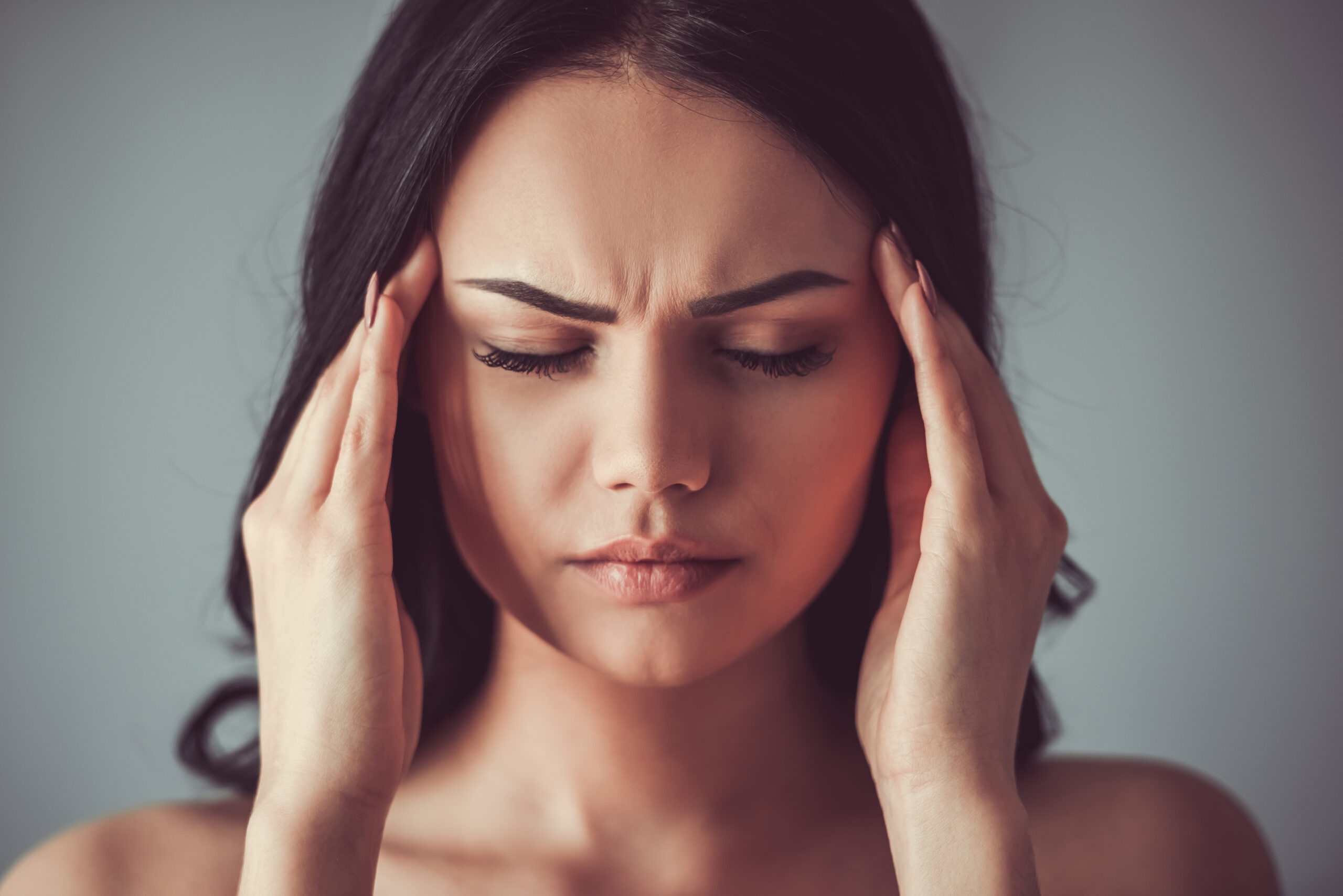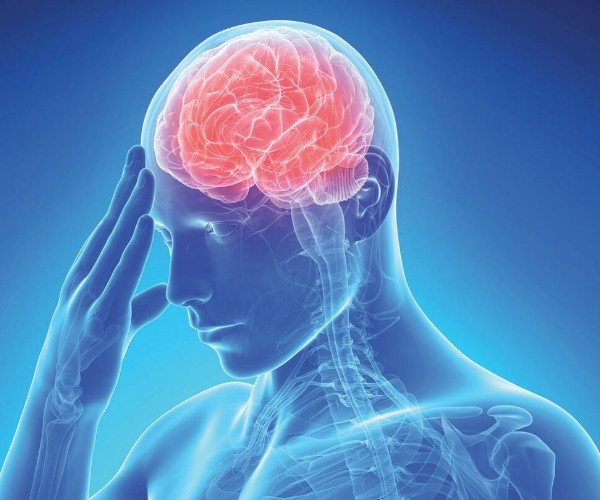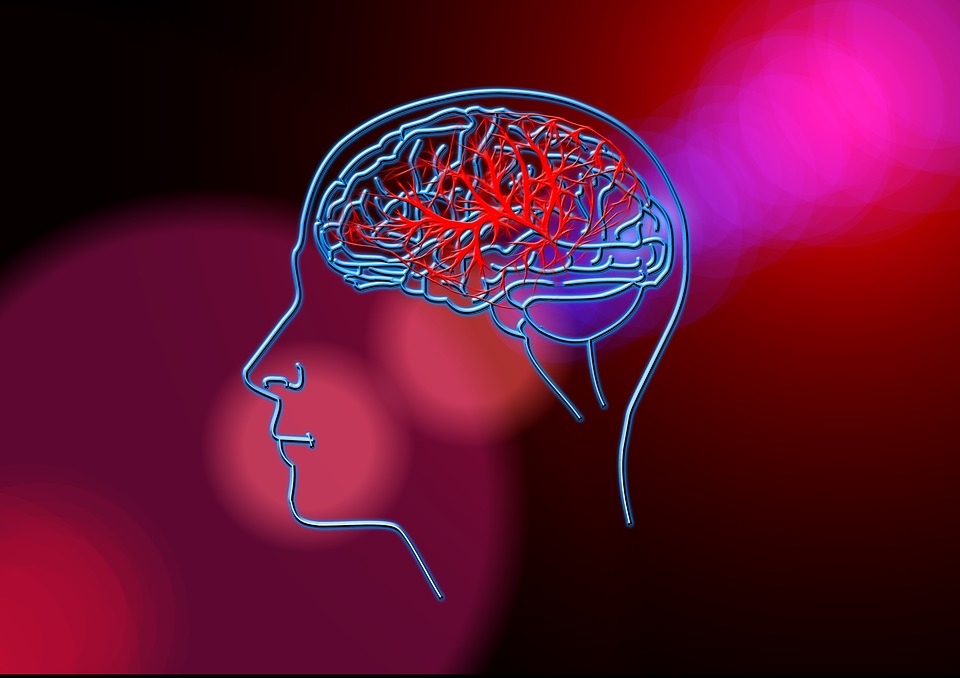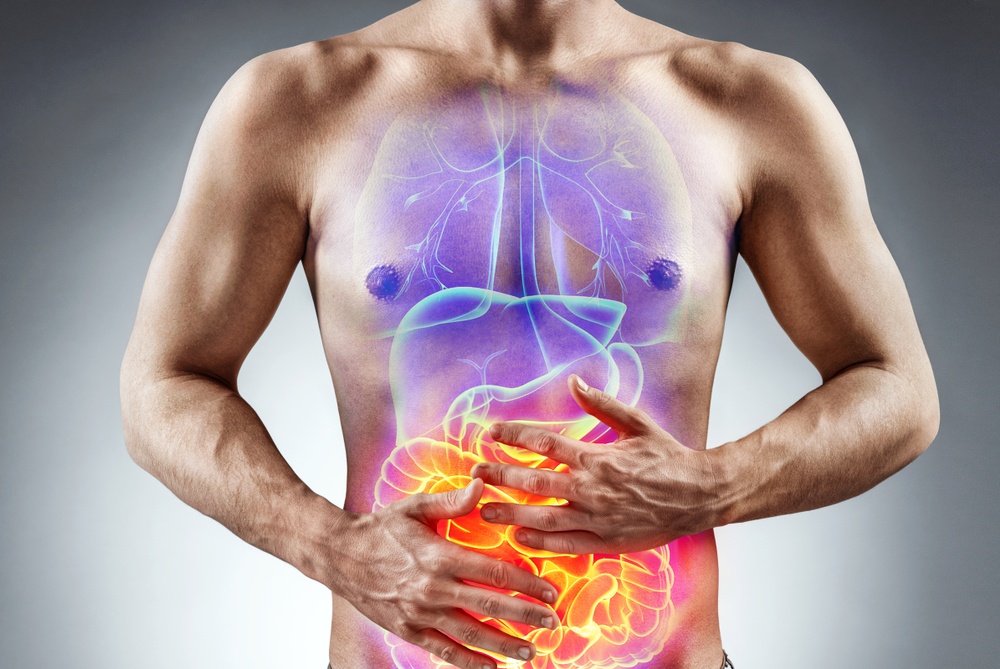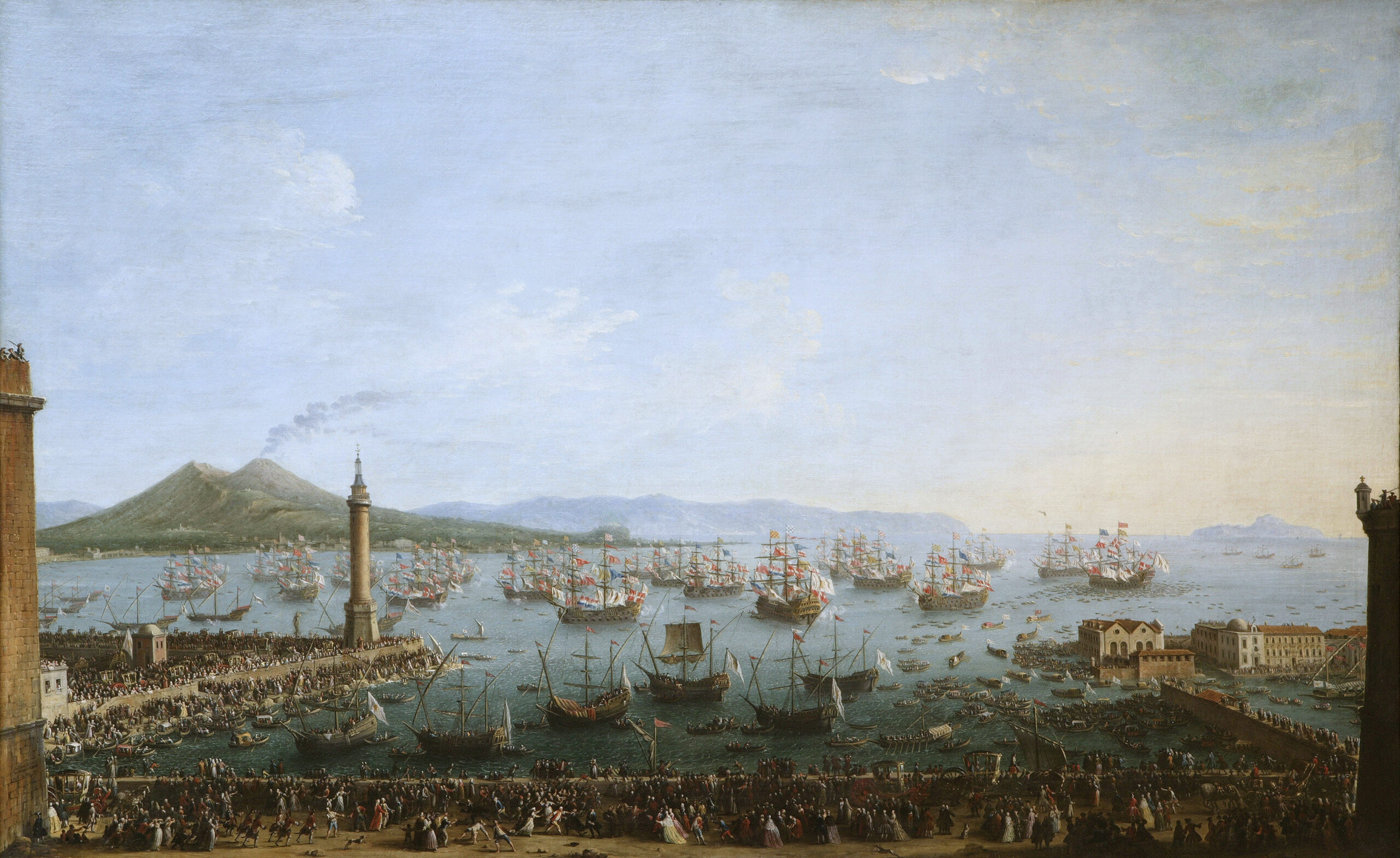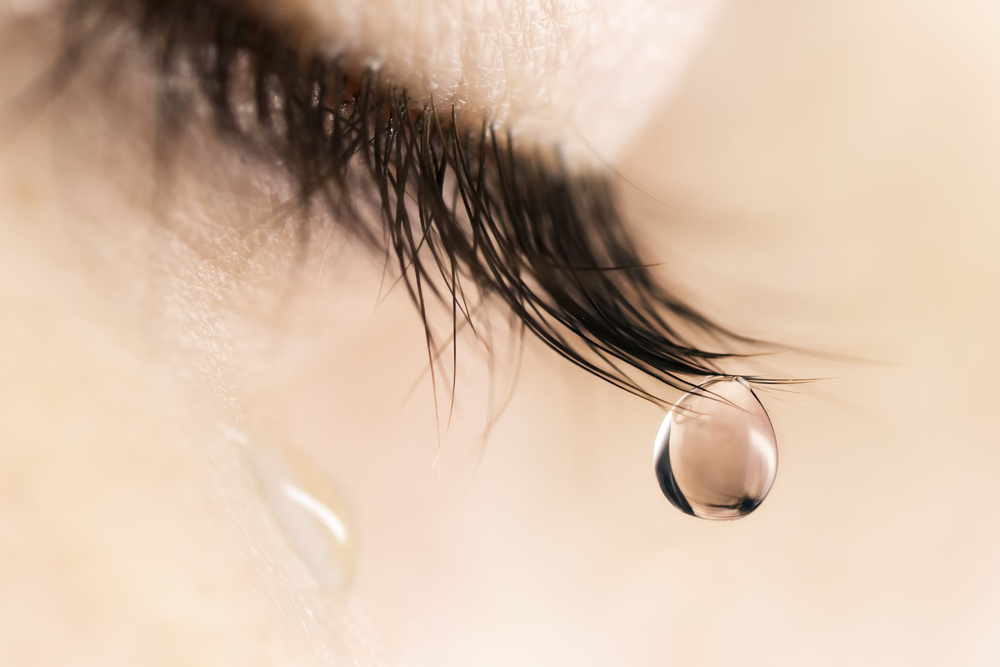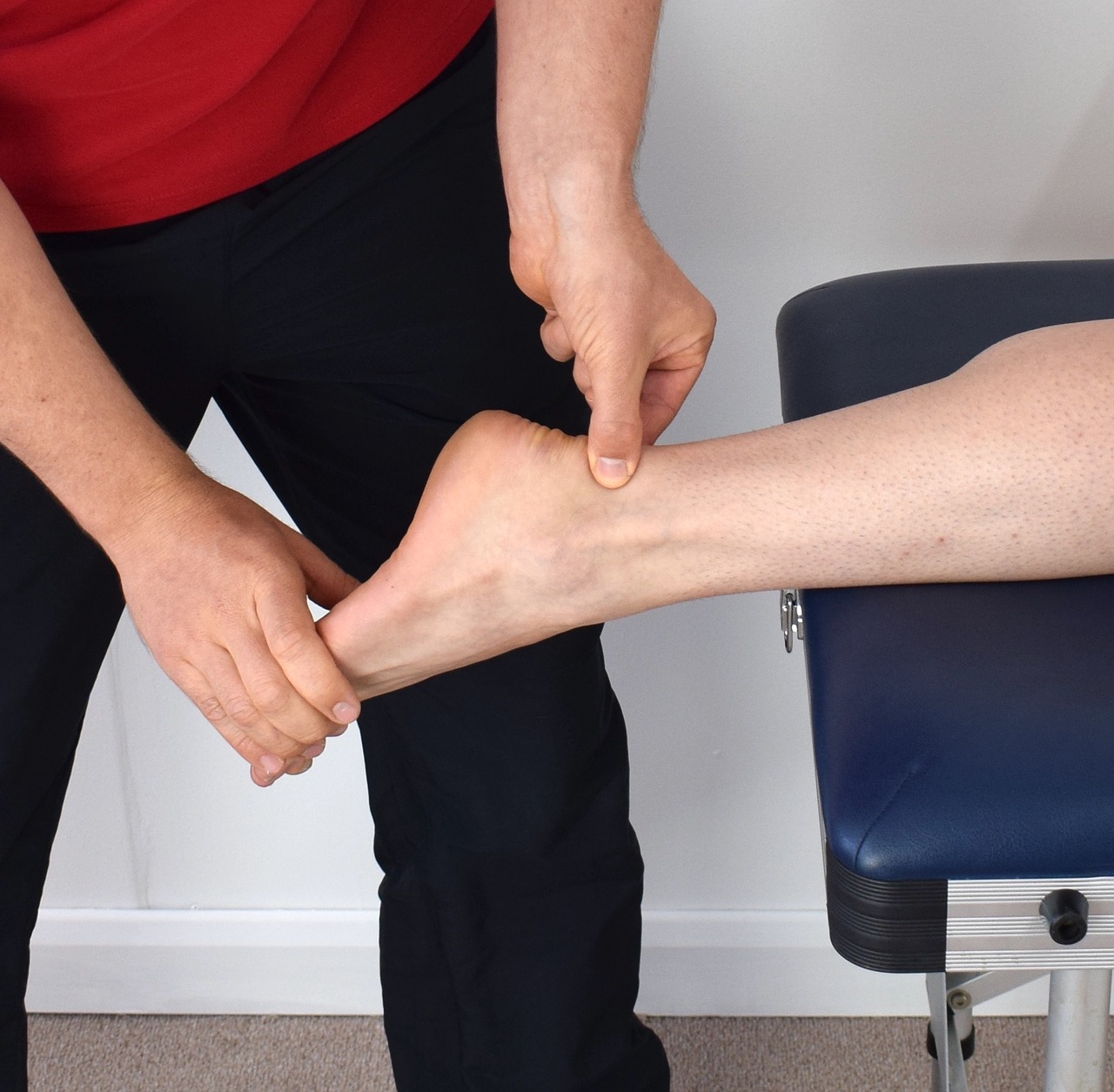In addition to static apnea, which we discussed in Lesson #7, we have DYNAMIC apnea and DEEP apnea.
Dynamic Apnea
The dynamic one is practiced in the pool and is divided into apnea with or without gear: the athlete tries to cover as many meters as possible while submerged and swimming either underwater breaststroke or using the two fins or monofin. Compared to static, in which one must “only” hold his or her breath, here the freediver must calibrate the right weighting and finning.
We talk about the right weight since even in the pool we wear a wetsuit, usually a very thin one-to counteract the cold water, which is not conducive to a relaxed condition-which, however, will inevitably tend to make us float.
The rhythm and amplitude, moreover, of finning are key elements of a pool performance.
Having calibrated these two parameters, the athlete can devote himself to his mental path and, compared to static, here there is objectively a path, made up of meters that follow one another, of reaching an edge whose approach is marked by the “T” present on the bottom of the pool, the turn and finding, after it, the right trim and the right finning to go through another pool.
The hardest phase is the onset of air hunger and the freediver’s willingness, instead, to want to travel more meters.
This is when the importance of the mental preparation: instinct would tell us to increase our speed, but there is no greater mistake than that, as intensifying our finning would mean increasing our oxygen consumption, which is already residual at the end of the test and this can lead to the occurrence of syncope or black out. These are generally more common in limited basins (pool) as the athlete feels more confident and tends to “push” their performance more. It follows that even and especially in the swimming pool it is necessary to adopt the so-called pair system : never alone!
Control, the ability to relax and understanding that in the delicate phase of air hunger, when the annoying diaphragmatic contractionscome, it is necessary to slow down instead of speeding up, are very important.
It is helpful to adopt one’s own mental path to deal with such a test and to havepositive self talkthat incites us to move forward and distracts us from negative thoughts. Dynamic apnea always ends with an exit protocol, which is used to test the athlete’s lucidity and condition of presence to himself or herself, which completes his or her underwater journey correctly.
Deep Apnea
A deep dive is composed, broadly speaking, of the descent phase and the ascent phase. In the sea, the elements and actions that the freediver must face and perform are many more than in dynamic or static freediving. We are confronted, first of all, with the meteomarine conditions: wave height, surface and deep current, visibility in the water, and cold weather. The freediver, moreover, will have to deal with the resulting pressure and crushing as he or she descends into the abyss, and this involves mastering not only relaxation techniques, as in static and dynamic, but also compensation techniques. Indeed, the hunger for air is replaced here by the difficulty of compensating ears and/or a certain restlessness that the abyss can cause in some individuals, which causes them to stop their descent, turn around and return to the surface. In a large number of cases, unless we are talking about professional athletes, compensatory difficulties arise precisely from a less than perfect state of ease in the water and relaxation in facing the deep blue. It is difficult for a diver to feel, on descent, that he or she is running out of oxygen: compensatory and relaxation difficulties on crushing due to pressure will come first.








The sensation of running out of air, on the other hand, the athlete will feel it near the surface, where his or her lungs are returning to their original volume, and that is the moment when the urge to want to breathe again is felt most strongly. Here, too, instinct would lead us to increase the speed of our finning to get our head out of the water as quickly as possible, but, again, as with dynamic apnea, there can be no bigger mistake: we are at the end of a deep dive, during which we have had quite a bit of energy expended, we are shaken by diaphragmatic contractions, which are the manifestation of the fact that we are running out of oxygen, we have struggled to descend after the flip and throughout the ascent, now, in order to complete our dive we need to relax and slow down.
It is intuitive how, again, having good self-control, positive self-talk that puts the focus on the path already taken, versus the path yet to be taken, not raising our heads to see “how much further,” determine the success of our apnea.
Never alone, again, is a must.
As with dynamics, even after a bottom dive, it is a good idea to have an exit protocol that indicates the athlete’s good health and presence to himself or herself.
by Mariafelicia Carraturo
www.feliciacarraturo.it



